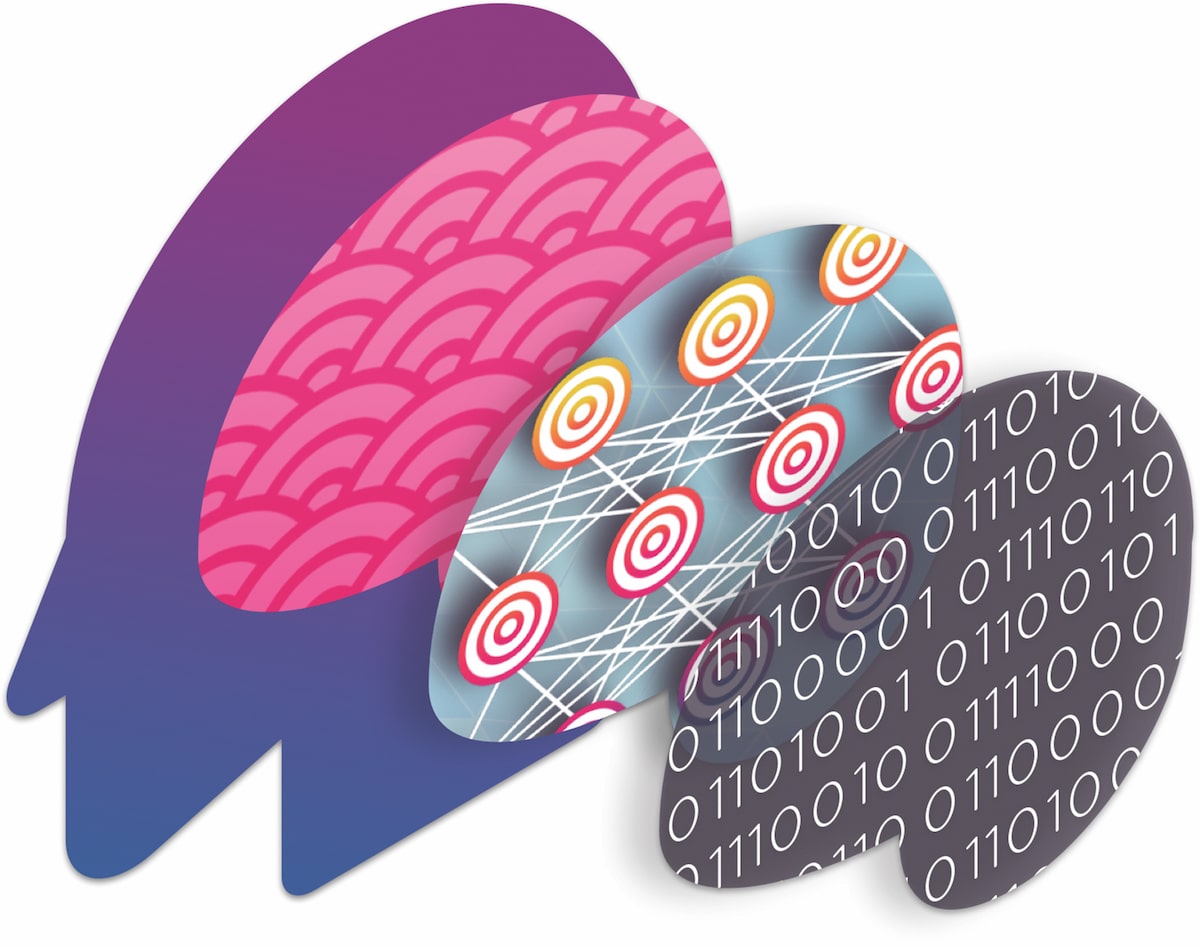Keeping an Eye on AI
There's nothing more on topic right now than AI. Here we answer some of the questions you might have been too afraid to ask.
By Helen Lloyd • February 14, 2019
Keeping an Eye on AI
Here at Xavier Analytics we’re all about that new tech, and there is nothing more on topic than Artificial Intelligence (AI) right now.
You’ve probably heard the terms ‘Artificial Intelligence’ and ‘Machine Learning’ so often, you’re not even wondering what they mean anymore. It can be a murky topic, so here’s a short explainer which might answer a few questions you have been too afraid to ask…

There are currently numerous uses for AI in accounting, some more specific than others. It’s frequently being used to read documents; applications can learn to recognise words so that scanned invoices, receipts and handwritten paper forms can be processed in a matter of seconds. Many companies are looking to AI to supplement their chatbots for first-level customer service, personalising the responses to provide a better experience for their users. Xero uses machine learning to automatically suggest account codes for transactions, reducing the time small businesses spend creating bills.
Finally, you might have used Xavier’s Regular Suppliers insight to detect unusual supplier payments - the use of AI for anomaly detection in fintech is on the rise, from finding mistakes to banking fraud.
Xavier’s AI uses machine learning to learn from your Xero data’s payments to regular suppliers, in order to find any that are significantly unexpected.
So what is AI?
Machine Learning (ML) is a branch of AI, and usually plays a role in big data processing, being able to spot patterns and trends, and sometimes suggesting answers based on what it has learned. AI as a whole is more advanced, mimicking human decision making at a higher level.
Artificial neural networks (ANN’s) are a method of Machine Learning that echo human brain connectivity, where a node in ML is the equivalent of a neuron in humans. Nodes are arranged in layers with an input and output layer around a number of hidden ‘processing layers’, where each node in a layer is connected to every node in the next layer. Activating a node passes inputs through to other nodes in different hidden processing layers, through to an output layer. Neurons work in a similar way, carrying small electric signals from one to the next through the brain like wires.
The key is how the networks learn. In the brain, the more two neighbouring neurons are activated, the more likely that first will activate the second through a chemical process called plasticity. The equivalent of plasticity in ANNs would be weightings, which set the importance of connections between nodes through a number of algorithms.
Humans have an amazing 80-100 billion neurons; through this strengthening of connections, reflexes and memories are formed, all around the brain. These are tweaked constantly with every input, creating a unique, ever-shifting map of your experiences. In an ANN, these pathways are dictated by the number of hidden layers, algorithms and weightings that will decide when to strengthen those connections. Currently, the largest supercomputers can only handle the equivalent of a frog brain with 16 million neurons, though we might expect this to increase exponentially in the near future.
Not quite Sci-Fi
Whilst AI can’t match the processing power of a human yet, a key benefit is that the learning process can be unsupervised. When it learns, it has only a huge quantity of raw data, and finds patterns by running that data through the network over and over. It is capable of finding obscure patterns we couldn’t possibly get unaided from such large quantities of data.
Here’s a great example of ML from aiweirdness.com by Janelle Shane - a neural network is fed a large number of paint colours and names (7,700 in this example), through a few learning stages. The ANN does not know what colours, or even words, are. It has no visual processing ability and no dictionary to consult. When asked to then create a paint colour from what it has learned, the results from the first learning stage are... interesting, with only the vaguest idea of how to spell Blue. In later stages, the network can create ‘Burf Pink’ with, credibly, a shade of pink as well.
However clever that is, a human would probably tell you that ‘Burf Pink’ doesn’t sound like a nice colour at all! You can see, in this case, that a human user is needed to interpret the results, because we have all of the context. For AI which has no context or supervision, the key to good results is the data you provide, so make sure your Xero data is as clean and organised as possible using tools such as Xavier Analytics to make sure everything is named and coded correctly.
Get involved in the future
There’s still so much more we can learn from AI insights that will help small businesses thrive. Imagine a world where we could tell a small business owner exactly how they compare to successful businesses in their sector or region - we can tell them how likely they are to succeed (or fail) and predict how they will perform in the future, all from their Xero data.
Interested in how to save time and improve your service?
You can trial Xavier, free for 30 days, right now.
Originally published in XU Magazine - Issue 18
